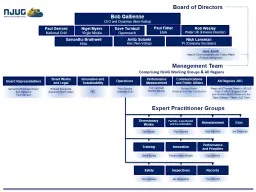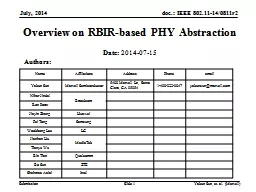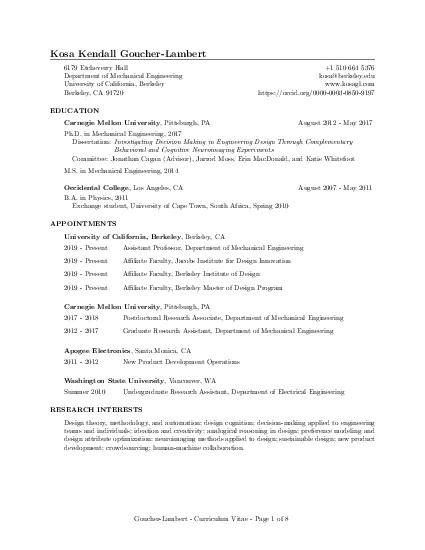PPT-Paul A. Lambert, Marvell Semiconductor
Author : blanko | Published Date : 2023-10-04
Slide 1 Service Identifiers and Bloom Filters Date 2014915 Authors Based on previous proposals 8021112 0706 and 80211130893 Intended to augment 80211 140877 Generic
Presentation Embed Code
Download Presentation
Download Presentation The PPT/PDF document "Paul A. Lambert, Marvell Semiconductor" is the property of its rightful owner. Permission is granted to download and print the materials on this website for personal, non-commercial use only, and to display it on your personal computer provided you do not modify the materials and that you retain all copyright notices contained in the materials. By downloading content from our website, you accept the terms of this agreement.
Paul A. Lambert, Marvell Semiconductor: Transcript
Download Rules Of Document
"Paul A. Lambert, Marvell Semiconductor"The content belongs to its owner. You may download and print it for personal use, without modification, and keep all copyright notices. By downloading, you agree to these terms.
Related Documents










